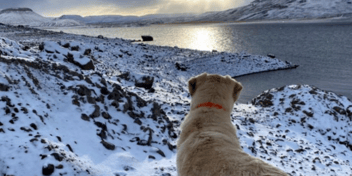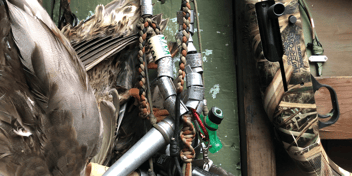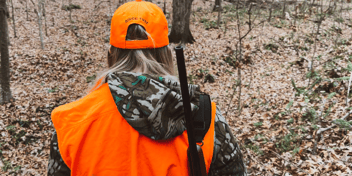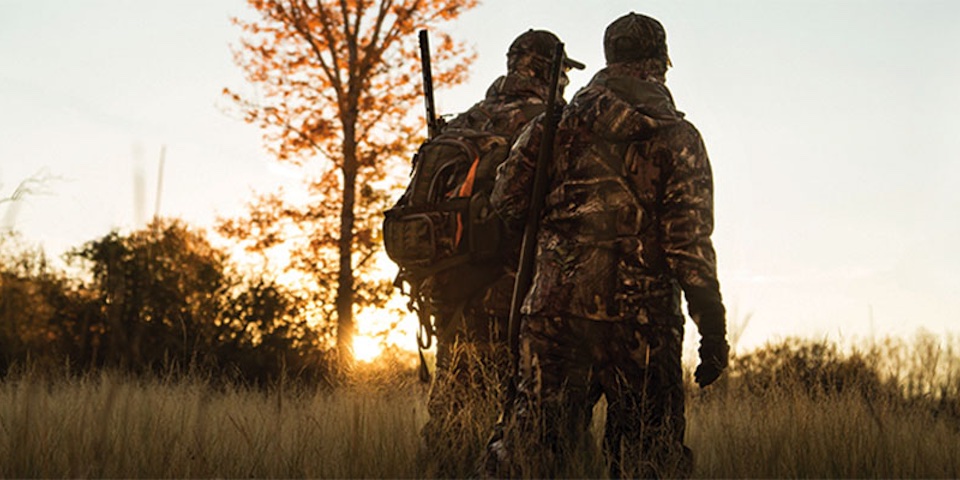
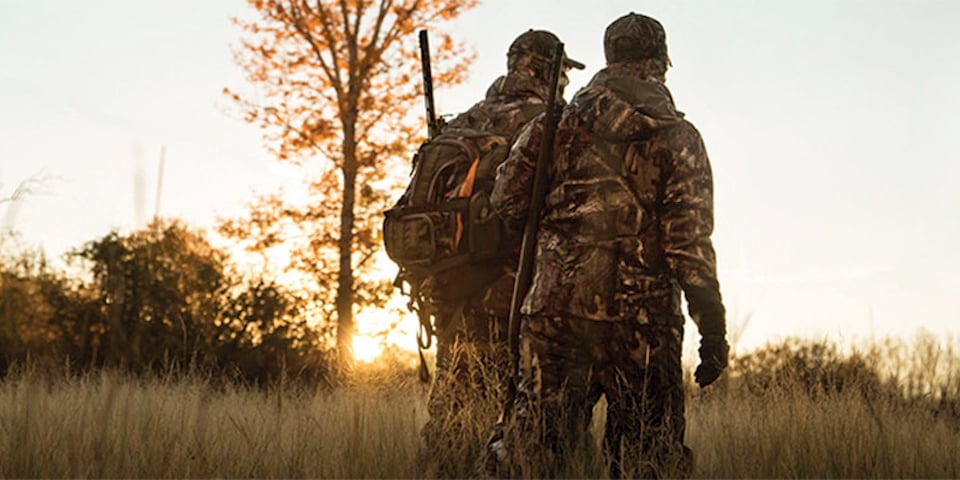
I have had Aoudad on my bucket list for years. And now I finally get the chance to go with Justin Grosse of Hunting Adventures International. The experience was fantastic and the aoudad looked amazing.
Getting ready for my Texas Aoudad hunt was a bit time-consuming, but fully worth the effort. I have sadly learned the hard way that a little bit of preparation for a hunt can save a lot of time, money, and frustration in the long run.
Here is what I hope is a great list of key steps, tips, and pitfalls you want to address when planning a hunt, especially one that involves long-distance travel.
Licenses
Start this early and know the laws of the state you will be hunting. For this particular hunt, an exotic five-day non-resident tag is all that is necessary. When ordering online, figure out if you are going to need the actual license in hand to hunt or if an online confirmation will suffice. I learned this the hard way one time (and one time only) when I neglected to get my license promptly only to find the online confirmation would NOT suffice for proof of licensure. I still had the option to purchase the license from a sporting goods store upon arrival, but I prefer to have everything I need in hand when I arrive.
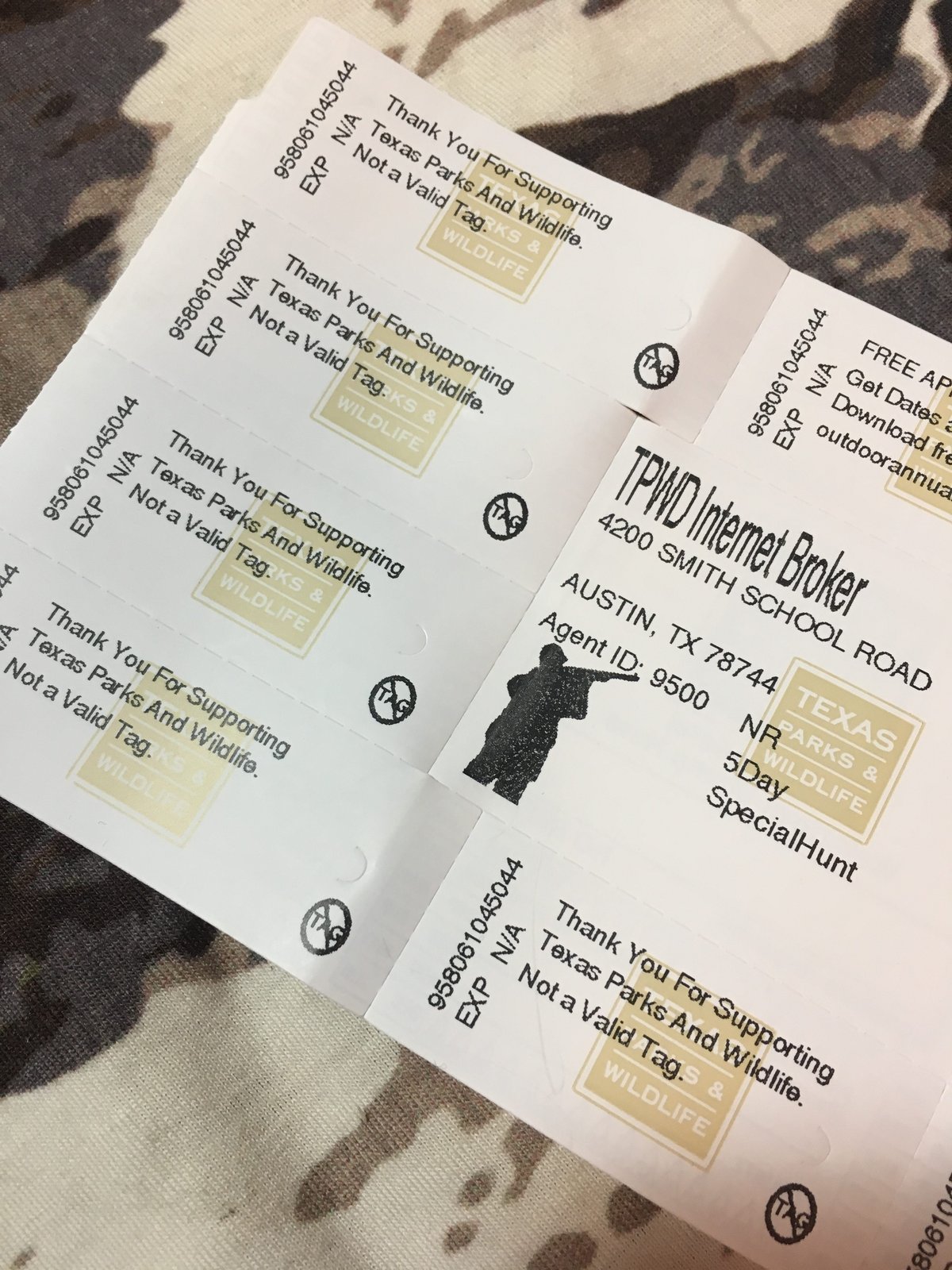
On a side note, regarding the aforementioned hunt where I had to get my license in person, there was some crazy hiccup in the system that would not allow me to purchase due to a purchase the previous spring, which required a technician TPW to reverse an old license to allow the next purchase. Needless to say, I had an epic tantrum in an Academy Sports shop at 7:00 the night before we hunted. Alas, it all worked out, but I am certain the young man at the license counter was not at all impressed.
Travel
I book early and try to plan my flights to have sufficient layover and early arrival so there is less chance of losing guns or bags.
When renting a vehicle for hunts, I have learned as well that an SUV or truck are the best options. Until you have tried to stuff a gun case, cooler, and bag in the back of an economy car, you won’t understand. Additionally, I will only rent vehicles from companies that have the counter and the car in the terminal. I have found that shuttling with bags, coolers, and guns is an experience I don’t need to replicate again in my life. Not only have I sat for 30 minutes on my gun case like an orphan, but I have also had to heft all of this into the shuttle while getting the death stare from my fellow hunters who didn’t appear to want to wait for me, this redneck, to load and offload. Talk about anxiety perspiration.
Think about meat transportation early. A cooler is most likely necessary, and often, it is difficult to procure one at the last minute if you are at a remote camp or lodge. I will do one of two things:
- I will pack all of my clothing and gear into a cooler along with duck tape and a sharpie. I will include a duffle bag in the cooler. This way, I have everything I need when I get there. I unload the gear from the cooler into my duffle at camp and then I have a cooler, tape, and sharpie all ready for meat transport on the way home.
- If I have too much stuff to fit into the cooler, I make arrangements to stop for a cooler upon arrival.
Check your airline regulations for weight requirements. Know how much weight is considered overweight. Know what the price of additional checked bags is as well. I have come home with an overweight cooler, bag, and gun case and the additional bag fees were $400. Sometimes this can’t be avoided, but if you have any way to weigh your meat cooler before arriving at the airport, you can most definitely save yourself a lot of money and frustration.
For a firearm, I go with a rifle and prefer the Mossberg Patriot Scoped Combo Walnut in a .300 Win Mag.
Sight in your firearm. I know this goes without saying, but it is important to spend the time before you leave to know where your firearm is shooting. Scopes can get jostled in flight and rechecks are always a must, but it is very important to have confidence in your distances. As a rule of thumb, I suggest being able to shoot 200 yards past where your outfitter recommends, just for confidence should you need to lob a longer shot than expected.
Get to packing!
If you don’t have one, invest in a very solid gun case. I prefer the metal gun cases by Americase. I use four heavy-duty locks all keyed with one key for security. I also use a lock-in my action. The bolt is pulled and stored in the case compartment.
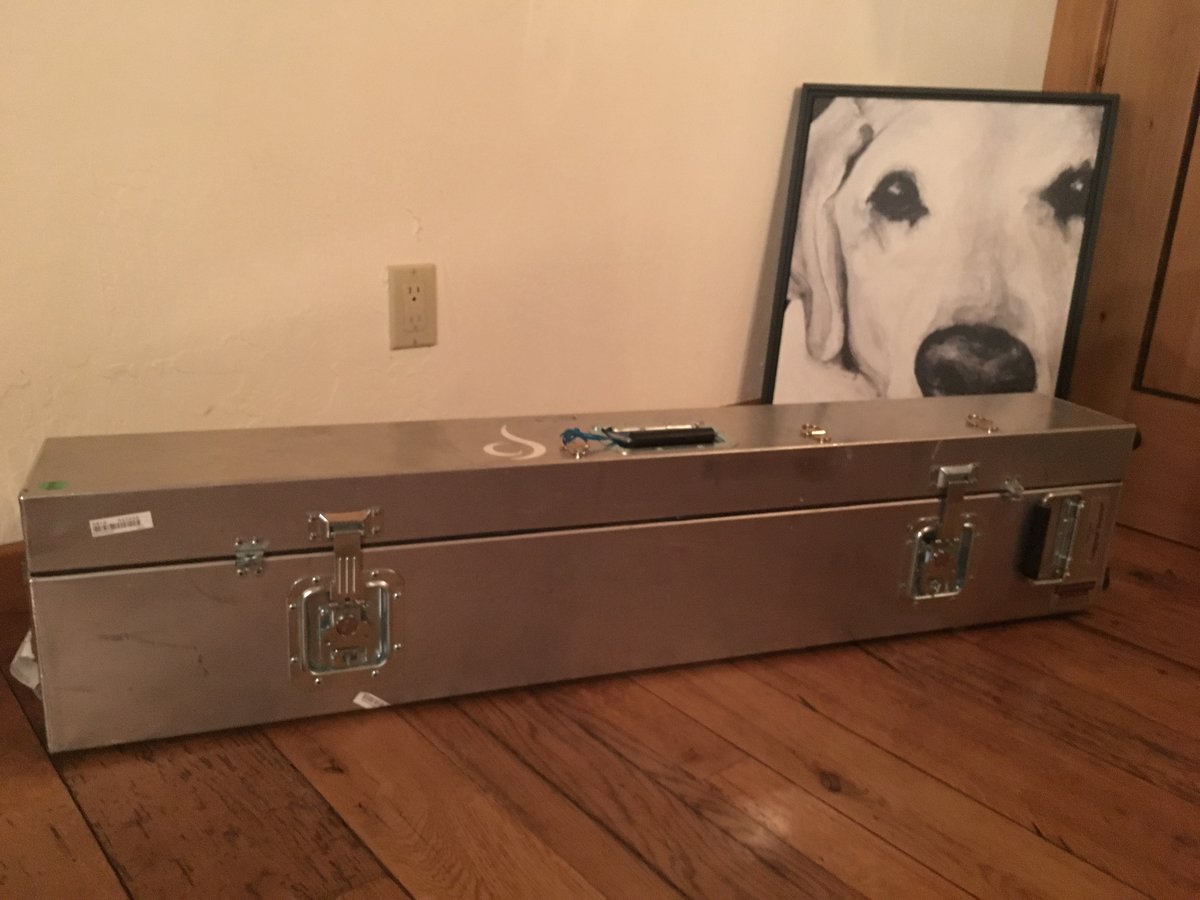
I also use my gun case to carry as much additional stuff as possible. I put my range finder and optics in the case as well as shooting sticks and any additional soft goods that will fit.
Optics
A good rangefinder and binoculars are a must. I am a huge fan of my Leica rangefinder and Maven binoculars. Everyone has their preferences and these are mine. Both offer great clarity and distance. Another item that falls into this category for me is glasses. I wear contacts and find that I can’t tolerate the sun and wind for long without protection.
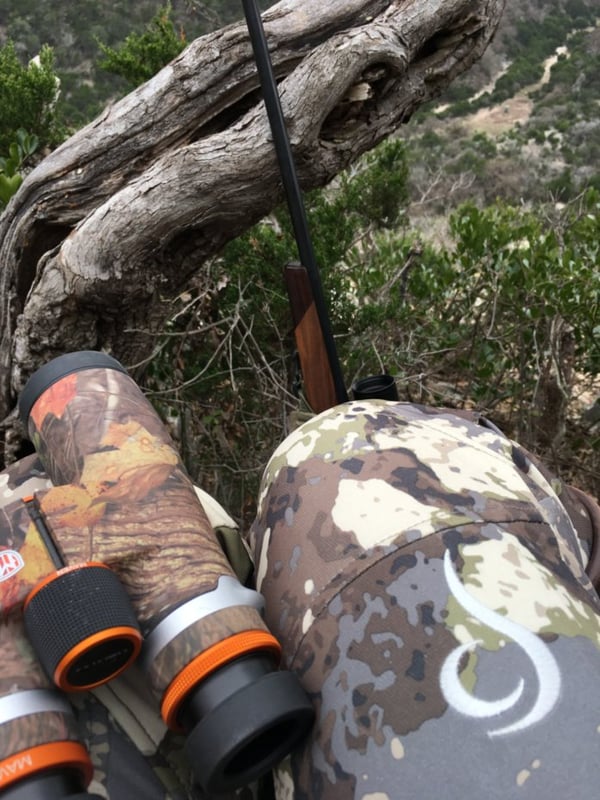
I keep Edge shooting glasses in my gear list to help protect. I have one pair that is a yellow tint for low light days, and one pair that is amber for sunny days. I have found polarized glasses mess with the way I see colors and the reflective lenses are not the best when hunting.
Clothing
Well, of course, Próis is my choice. I am a huge believer in merino wool and pack Merino sports bras, tanks, and ½ zips in our new Cumbre pattern for any hunt. Merino wicks and has no odor. I love it. Layering is key for any hunt.
For warmer weather hunts I recommend a down vest such as our Callaid down vest in Cumbre for insulation. I recommend a good shell layer for cool mornings and evenings. A windproof/waterproof jacket such as the Torai Midweight Jacket is perfect. Coupled with the Tintri lightweight pants, I will need nothing else.
Footwear
Again, everyone has their choices. For hunts in regions where snakes, thorns, and all of the other ungodly sharp plants outnumber oxygen molecules, I honestly prefer my Dubarry boots. They are leather and Gore-tex. This offers all of the protection up to my knees that I could ask for. While I am comfortable hiking for miles in these boots, I don’t necessarily recommend them for everyone as the soles are flat and can be irritating if they are not broken in. The other upswing of Dubarry’s is that they are just plain cool looking- so you can wear them to travel. It saves a ton of room.
The only other boots I will use are the women’s Zamberlan Vioz hikers. Hands down the best boot, in my opinion, on the market. They require no break-in time and have a rocker built into the sole that makes hiking a breeze.
Bring a good day pack and use that pack for your carry-on. I currently use the Badland Kali packs which are so far the only pack that I have found cut for a woman.
Check early with your outfitter to determine cell service and internet capability. It is a bit of a panic when you arrive and don’t realize you can’t communicate with your family. I take a Hotspot if the access is sketchy. This can help.
Plan early to see what opportunities exist should you kill early in the trip. Sometimes there is additional hunting available. You can also investigate if there is any sightseeing around should you have some extra time on your hands.
About the Author



